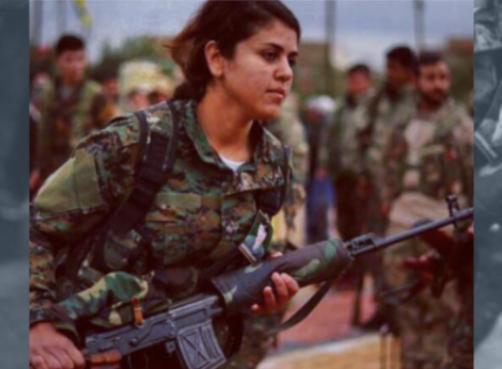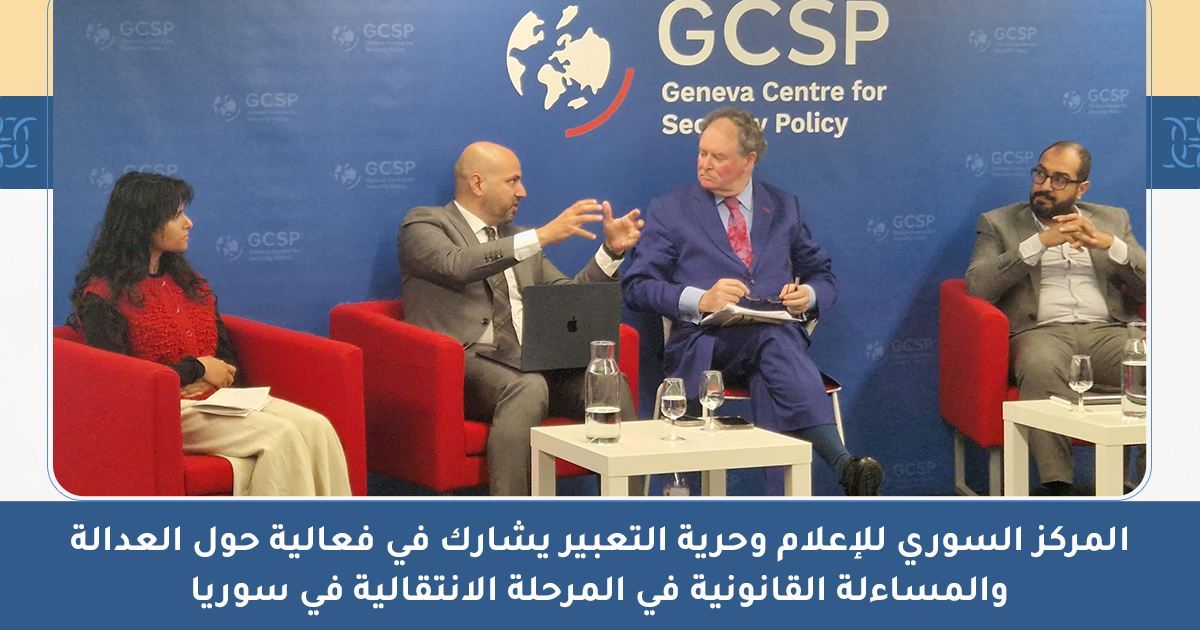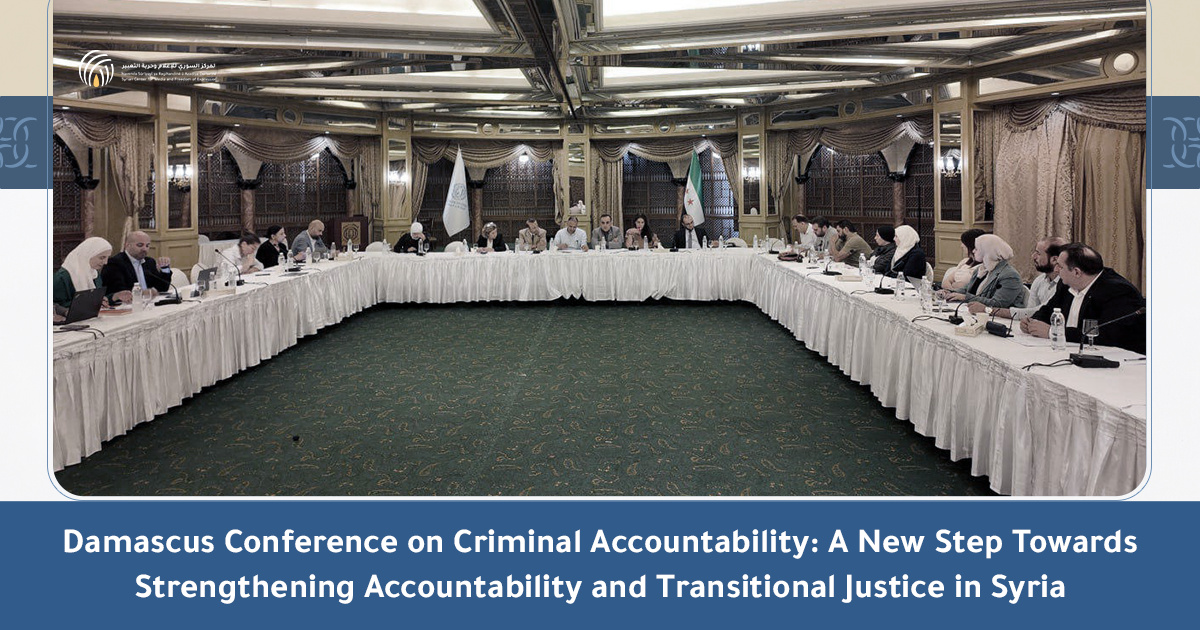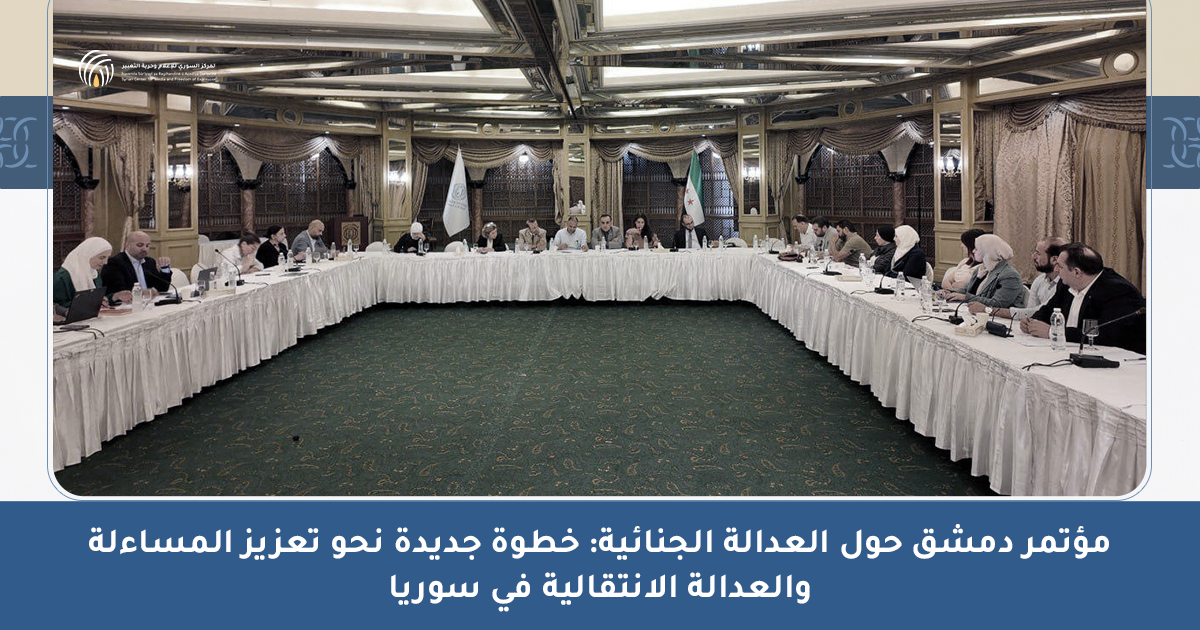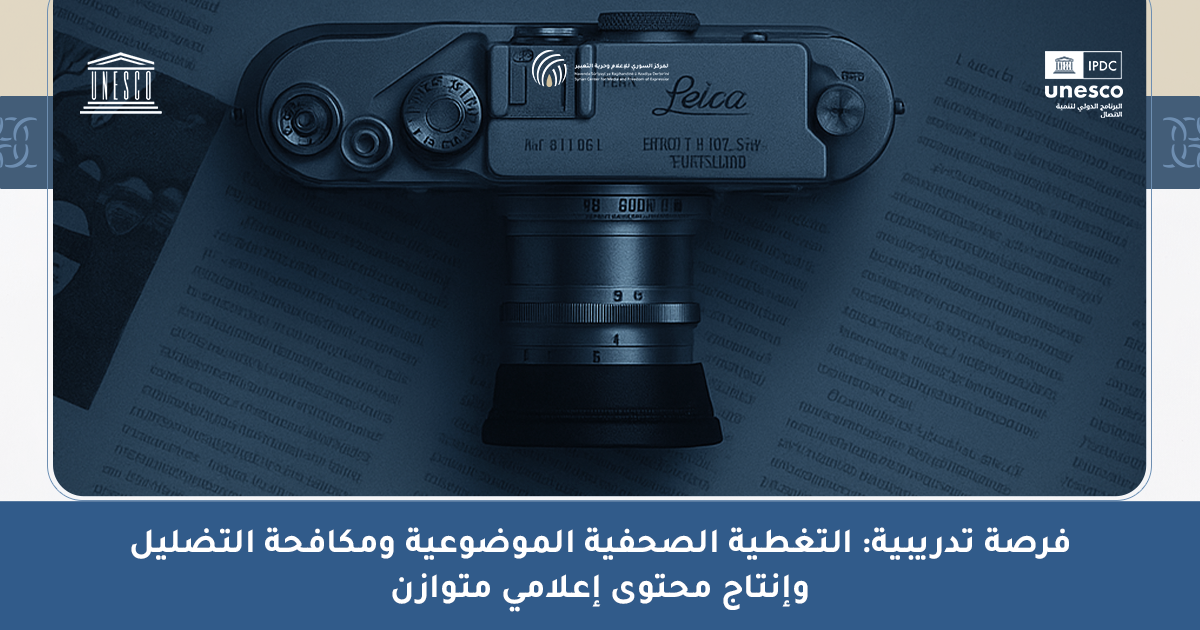Rapid changes imposed by the conflict and the reactions of the Syrian, regional and Kurdish populations who rejected the project of democratic self-management in north and east Syria, put the entire project under pressure to retreat, with the situation becoming worse than before 2011. In the absence of international law to form a clear definition of the entities or authorities which are formed as a result of civil wars or revolutions, it is the principle of recognition that continues to give legitimacy to new entities. While this is the current reality, international law provides the only way to continue the administration project, or, at the very least, to gain a greater margin of maneuver and self-preservation when negotiating any future settlements regardless of the conflict’s final outcome. While States work with the overarching principle of serving their own political and economic interests, the extent of a state’s commitment to upholding human rights has become a decisive factor in its acceptance by the international community- particularly by the western system. This dedication is marked by a state’s participation in the emerging structures, bodies and commissions established to protect the concept of human rights, as well as a state’s commitment to human rights as normative framework within the legislative process. This is why when establishing the AANES and the Syrian Democratic Forces (SDF) the Democratic Union Party played the most prominent role. The Democratic Union Party was alerted to support the Administration, as it promotes a civilized renaissance model of governance under a secular system based on the values of tolerance and pluralism, committed to the Universal Declaration of Human Rights, and is spearheaded by the values of Gender equality and women›s rights. The party›s approach to gender equality draws on the decline in lifestyle of women in the region in general, as well as the liberation of certain Kurdish social circles. They use these topics to portray areas under its control as an oasis of equality, promoting the participation of women in civilian and military life. Throughout the years of the war waged against the Islamic State in Iraq and the Levant alSham (ISIS), the images of Kurdish female fighters as icons of liberation, standing strong in the face of darkness, were a valuable investment for the party to invest in, gaining international recognition of the administration project. This depiction of women as strong fighters stood in stark contrast to the Afghan Taliban model of women (completely covered and hidden from view by extremist Islamic groups), to the scenes of Yazidi women being captured and sold as captives (exported by terrorist organizations), and to the images of Syrian women’s oppression, deprivation and denial of participation in the political and societal sphere in areas under the armed opposition’s control. While the Western media has created a dialogue appealing to the daily media market, one which plays into fears within contemporary Western minds, haunted by fears of “terrorism”. Images of Kurdish women fighters on social networking sites and Western news websites are found to be the top results when speaking about the region. However, while this interest by the West in the images of Kurdish female fighters in the Northeastern Syrian region, it appears Western interest sharply declines when met with the issue of the ongoing recruitment of minors in the areas under the control of the AANES. This recruitment was carried out by various parties, all of whom had been engaged to attract minors to the cause, eventually involving them in armed hostilities. To that end, these actions have bypassed the policies made in the effort to reduce the occurrence of forced or voluntary participation of children, either by intimidation or enticement, which has resulted in the abduction of dozens of children, especially girls, within the region. In the case of underage females, they are usually ‘recruited’ with the aim of transferring them to camps affiliated with the People›s Protection Units camps or «Women›s Protection Units», both of which have continued to operate during 20202021-, despite popular rejection and international condemnation. These actions have meant the continued violation of underage females’ rights to life and physical safety, to freedom of movement, to education, as well as the rights of their relatives to know the truth of their relative’s whereabouts, especially important in case the recruitment was linked to a kidnapping. This report seeks to discuss the causes of underage female recruitment to armed combat within the Northeastern region of Syria, its occurrence and its continuation. Furthermore, this report will be discussing the efforts of the AANES and its various governing bodies, to address this issue, including the SDF’s commitment to an Action Plan signed with the United Nations, within which the Child Protection Office was established.
To read the full
